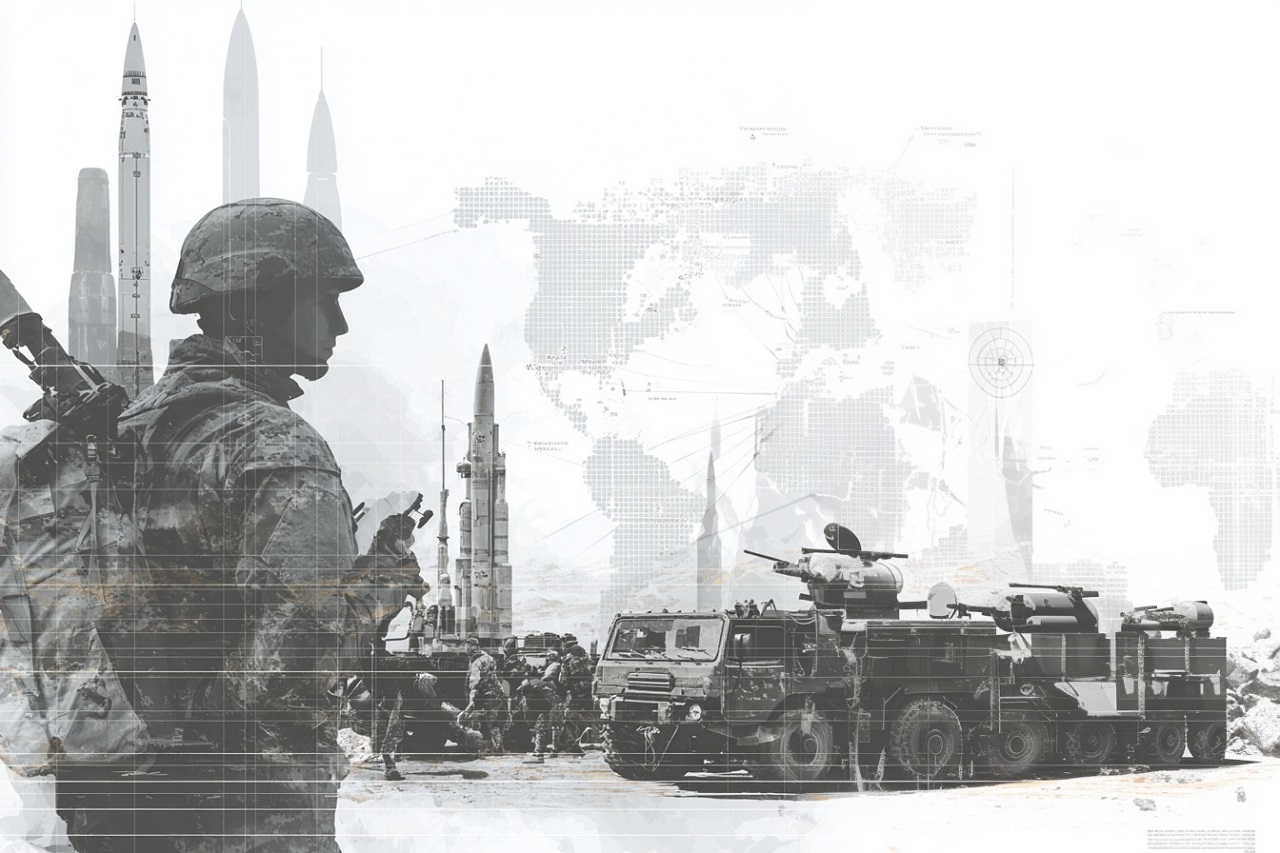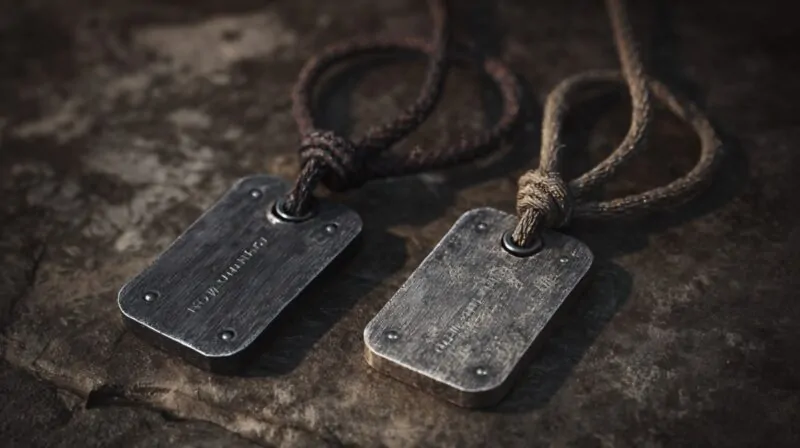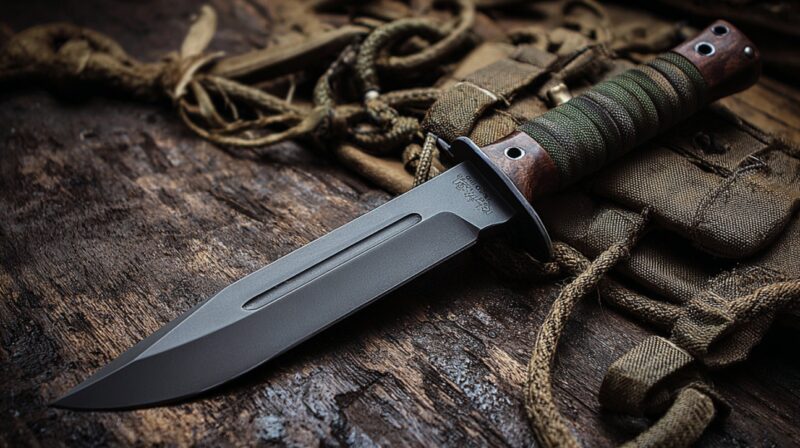Nuclear weapons define modern military power, shaping international diplomacy and national defense strategies since 1945. After the Cold War, arsenals decreased, but today’s landscape shows a resurgence in modernization and strategic posturing.
An estimated 13,000 nuclear warheads exist globally. Though reduced from Cold War peaks, modernization and deployment strategies remain active. Nations continue refining arsenals while navigating fragile treaties and rising geopolitical tensions.
Strategic nuclear weapons refer to long-range, high-yield missiles aimed at deterrence. Tactical weapons, in contrast, are shorter-range, designed for battlefield use.
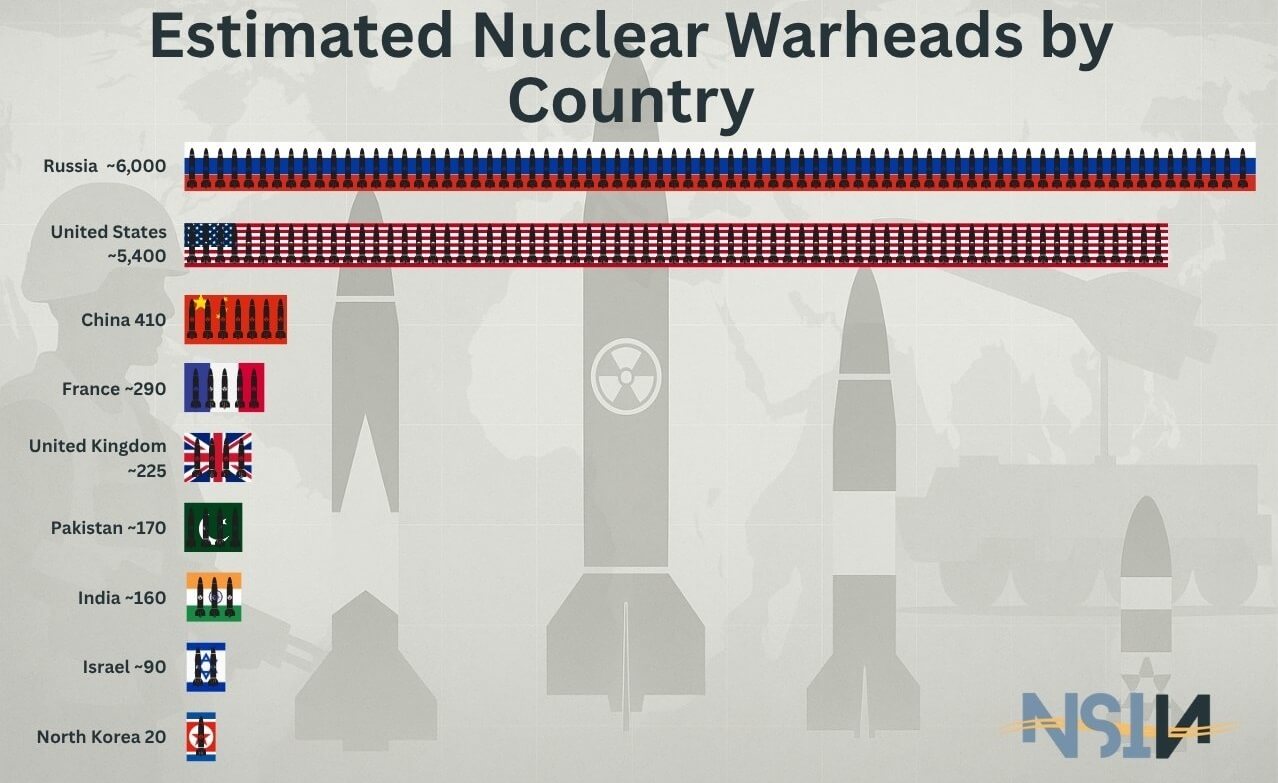
Modern military doctrine blends both types, creating complex global dynamics.
| Country | Estimated Warheads |
|---|---|
| Russia | ~6,000 |
| United States | ~5,400 |
| China | 410 |
| France | ~290 |
| United Kingdom | ~225 |
| Pakistan | ~170 |
| India | ~160 |
| Israel | ~90 |
| North Korea | 20 |
Table of Contents
Toggle1. Russia
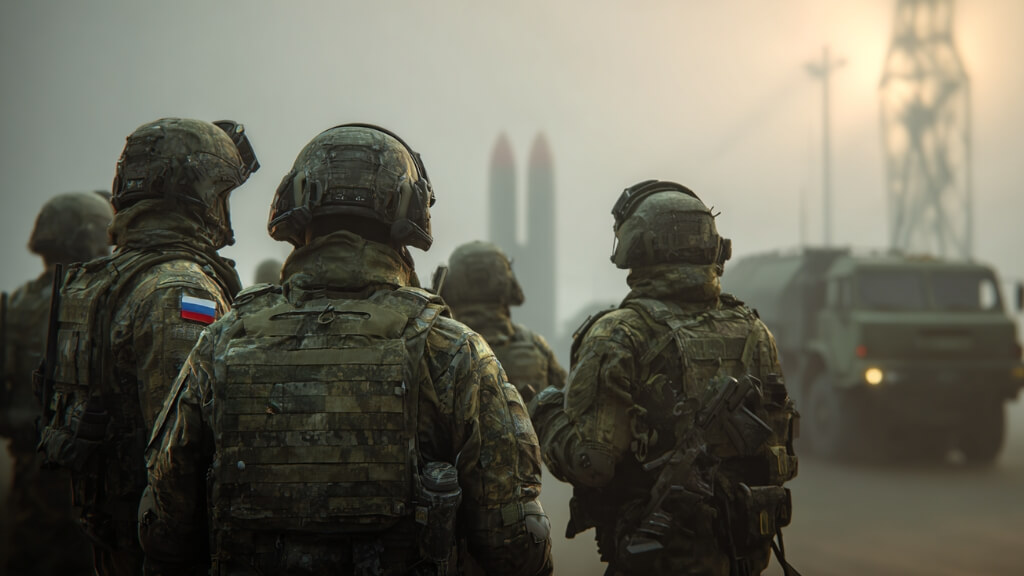
Russia holds the largest nuclear stockpile in the world, with an estimated ~6,000 warheads in total. A significant portion of these are actively deployed across various platforms that form its nuclear triad.
Approximately 1,584 warheads are currently deployed:
- Intercontinental ballistic missiles (ICBMs) in fixed silos and mobile launchers
- Submarine-launched ballistic missiles (SLBMs) aboard strategic submarines
- Air-delivered bombs and cruise missiles carried by long-range bombers
Tactical nuclear weapons, estimated at ~1,900, are designed for battlefield use and short-range strikes.
These are viewed as essential to counter NATO conventional forces and reinforce deterrence.
Operational posture reflects readiness for rapid use:
- Many ICBMs remain on hair-trigger alert
- Launch-on-warning doctrine continues to guide strategic decision-making
Arms control engagement has declined. Russia formally suspended participation in the New START treaty verification mechanisms, raising global concerns.
Continued investment supports:
- Development of hypersonic glide vehicles
- Introduction of nuclear-powered cruise missiles
- Modernization of Soviet-era warheads and platforms
2. United States
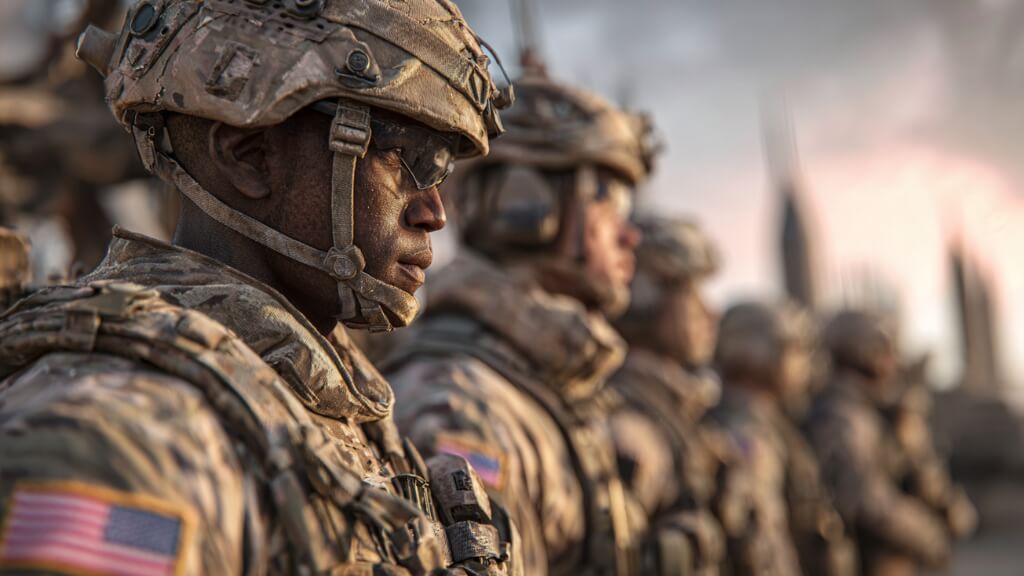
The United States holds an estimated ~5,400 warheads, with approximately 1,744 deployed under active readiness. Strategic forces rely on a nuclear triad approach:
- Land-based ICBMs (Minuteman III) located in hardened silos
- Submarine-based SLBMs aboard Ohio-class ballistic missile submarines
- Strategic bombers such as the B-52 and B-2 delivering gravity bombs and cruise missiles
Roughly 200 tactical nuclear weapons remain in active service:
- About 100 are forward-deployed across five NATO member states: Belgium, Germany, Italy, the Netherlands, and Turkey
- Remaining weapons are stored domestically for rapid deployment
Posture emphasizes deterrence and rapid response:
- Systems operate at high alert status
- Launch-on-warning capability continues
Modernization programs focus on:
- Development of B-21 Raider next-generation stealth bomber
- Ground-Based Strategic Deterrent (GBSD) to replace aging ICBMs
- Life extension of current warhead types and command infrastructure upgrades
3. China
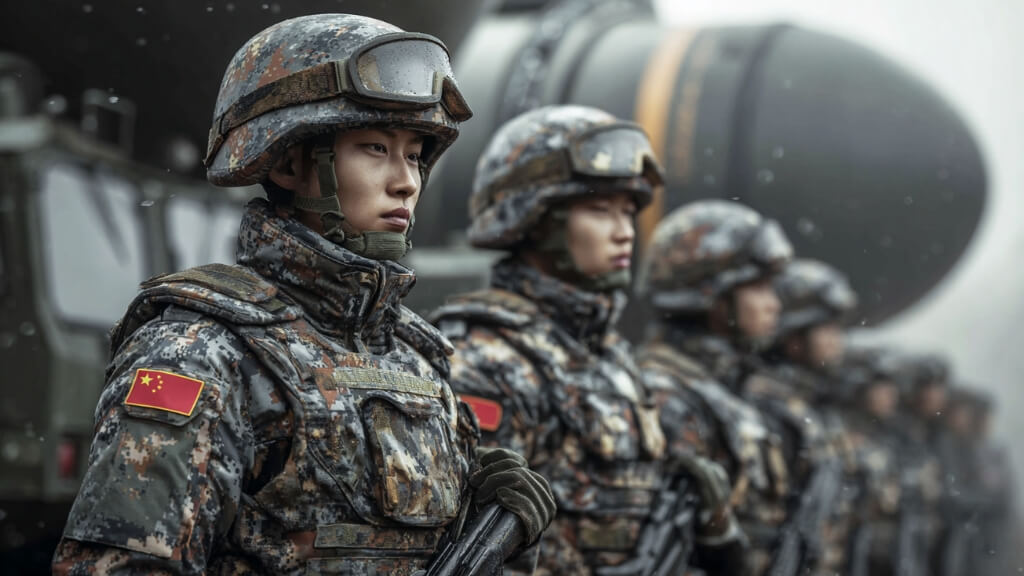
China’s nuclear arsenal is estimated at 410 to 500 warheads, with ongoing growth documented in U.S. defense assessments. Expansion efforts include the construction of over 300 new ICBM silos, signaling intent to move toward parity with other major powers.
Nuclear posture adheres to a no-first-use policy. Force structure remains:
- ICBMs and mobile road-based missile systems
- H-6 bomber variants capable of delivering nuclear payloads
- Submarine-launched missiles on Type 094 nuclear-powered submarines
Warheads are generally stored separately from delivery systems, lowering immediate launch capability and reflecting doctrinal restraint.
Modernization priorities involve:
- New missile designs with MIRV capability
- Enhanced survivability through mobile launchers and underground facilities
- Development of a reliable and survivable second-strike capability
4. France
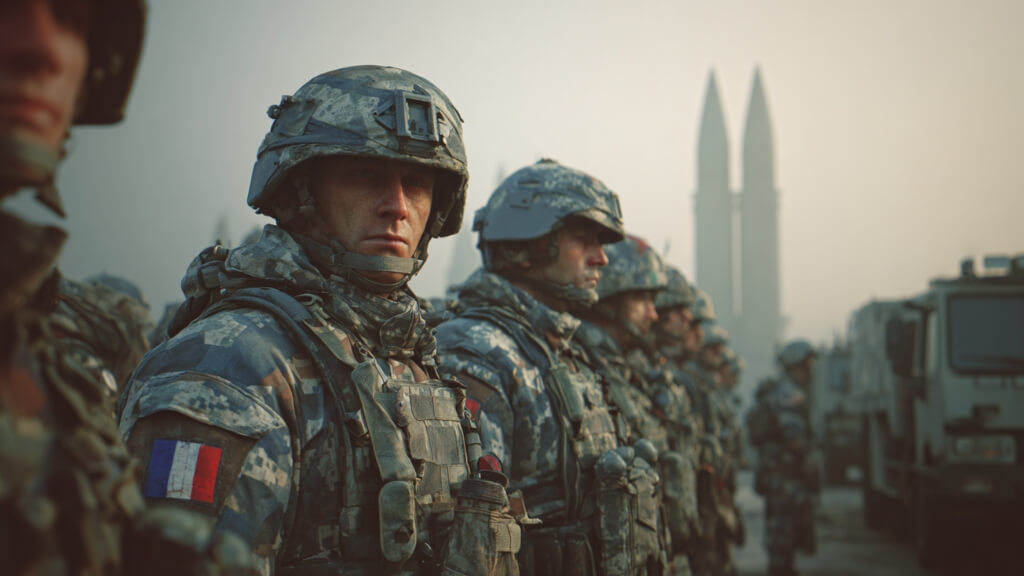
France possesses approximately ~290 warheads, with full reliance on air and sea-based delivery methods. Four Triomphant-class ballistic missile submarines serve as the backbone of strategic deterrence, armed with M51 SLBMs.
Aerial component includes:
- Rafale fighter jets equipped with ASMP-A nuclear cruise missiles
- Deployment capability from both land bases and aircraft carriers
Nuclear doctrine maintains a defensive orientation, though it allows for preemptive use in extreme circumstances threatening national survival.
Investment continues in:
- Upgrading submarines and missile ranges
- Improving survivability and penetration ability of airborne systems
- Sustaining independent command-and-control capabilities
5. United Kingdom
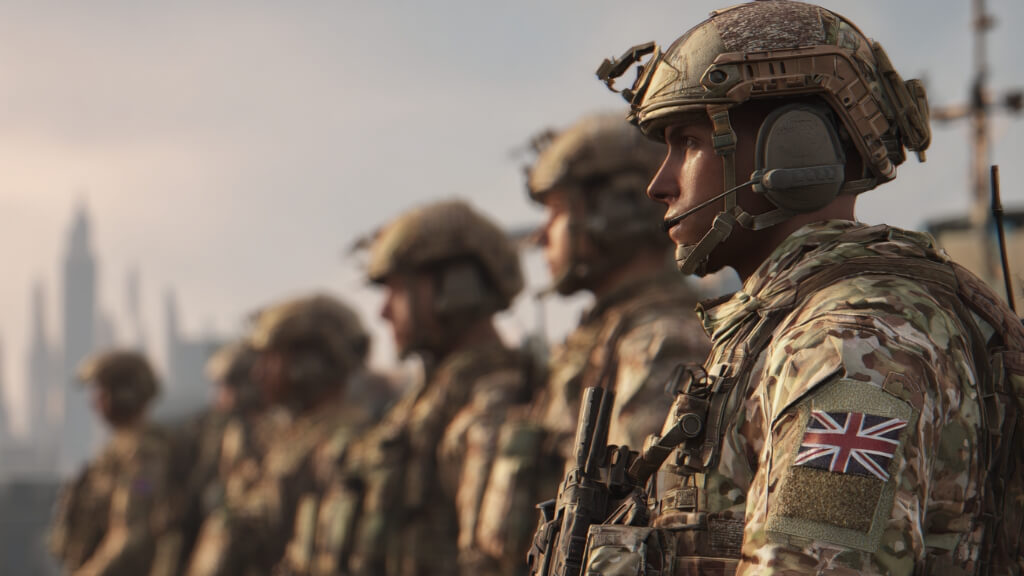
United Kingdom maintains an arsenal of ~225 warheads, with approximately 120 operationally available and ~40 on patrol at any given time.
Entire deterrent is sea-based:
- Four Vanguard-class ballistic missile submarines equipped with U.S.-supplied Trident II D5 SLBMs
- Continuous at-sea deterrence policy ensures one submarine is always on patrol
Maximum warhead cap has recently been increased to 260, reversing a prior reduction target. Strategic ambiguity surrounds launch protocols, contributing to deterrent effectiveness.
Key modernization activities:
- Replacement of Vanguard-class with Dreadnought-class submarines
- Life extension of Trident missiles
- Refurbishment of warheads and associated systems
6. Pakistan
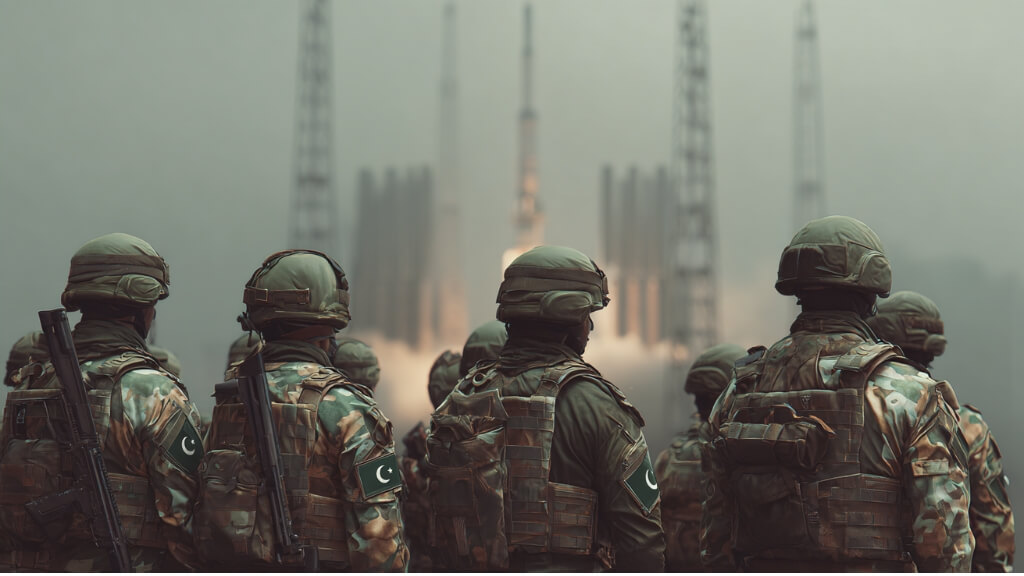
Pakistan is estimated to possess ~170 nuclear warheads, with emphasis shifting toward tactical nuclear weapons to counter India’s conventional advantages.
Key developments include:
- Short-range Nasr (Hatf-9) missile designed for battlefield use
- Shaheen and Ghauri series ballistic missiles for strategic roles
- Aircraft such as the Mirage III and F-16 potentially configured for nuclear delivery
Strategic posture is guided by full-spectrum deterrence, intending to deter both nuclear and conventional aggression.
Programs also focus on:
- Mobile launch capabilities
- Underground storage sites
- Operational readiness of tactical systems
7. India
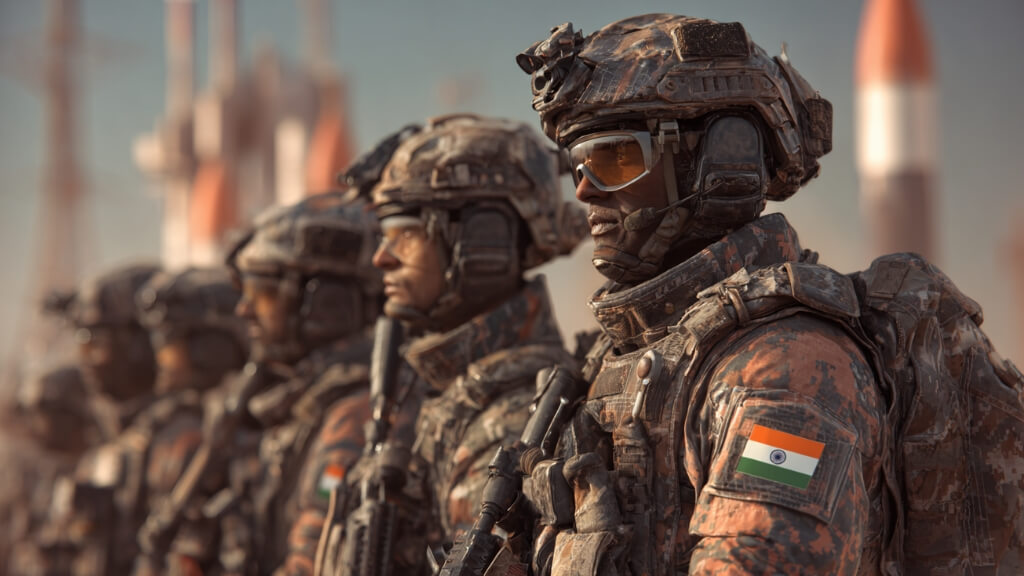
India holds approximately ~160 warheads, aimed at deterring both Pakistan and China. Delivery capabilities span across multiple platforms:
- Agni series ballistic missiles (Agni-V reaching intercontinental range)
- Nuclear-capable aircraft including Mirage 2000 and Su-30MKI
- Arihant-class nuclear-powered submarines launching K-series missiles
Declared no-first-use policy guides nuclear doctrine. However, flexibility exists in response to significant chemical or biological attacks.
Ongoing modernization includes:
- Development of longer-range and more accurate missiles
- Expansion of sea-based deterrent to ensure second-strike capability
- Reinforcement of command and control systems
8. Israel
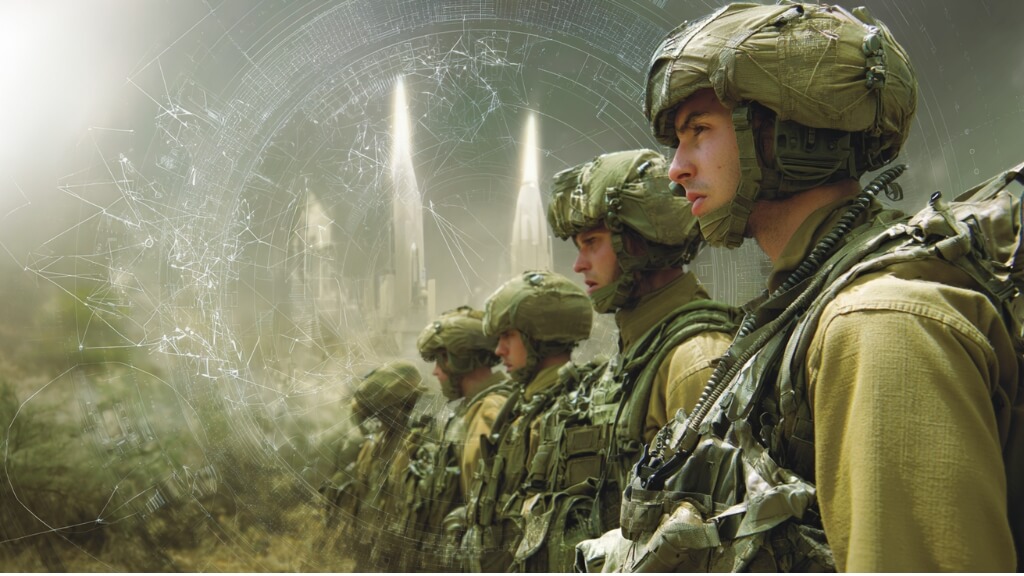
Estimates suggest Israel holds ~90 nuclear warheads, though the government maintains strict nuclear opacity—neither confirming nor denying possession.
Delivery capabilities believed to include:
- Ballistic missiles such as Jericho II and Jericho III
- Modified F-15 and F-16 aircraft configured for nuclear payloads
- Submarine-launched cruise missiles deployed on Dolphin-class submarines
Intelligence assessments indicate fissile material for as many as 200 nuclear devices. Israel maintains regional strategic superiority through policy of deterrence without open declaration.
9. North Korea

North Korea is believed to possess 20–30 assembled warheads, with fissile material potentially supporting 40–55 total weapons. Nuclear weapons development is tied directly to regime survival and strategic leverage.
Missile systems under development or tested include:
- Hwasong-15 and Hwasong-17 ICBMs
- KN-23 short-range and KN-25 multiple rocket launchers
- Solid-fuel missiles and mobile launch platforms
Deployment status remains unclear, though military parades and test launches indicate rapid technological advances.
Focus areas include:
- Improved missile survivability
- Reentry vehicle reliability
- Integration of nuclear warheads onto new delivery systems
Regional Nuclear Dynamics
Countries with nuclear weapons do not operate in isolation. Their arsenals influence and react to the security postures, alliances, and threats perceived in specific geopolitical regions.
Regional nuclear dynamics often reflect long-standing rivalries, evolving deterrence strategies, and shifting power balances.
Four critical regions, South Asia, East Asia, the Middle East, and NATO’s shared nuclear space, highlight the way nuclear capabilities shape global stability.
Below are key points under each zone that illustrate how nuclear weapons are embedded in broader regional contexts:
South Asia
Nuclear deterrence in South Asia centers on the decades-long rivalry between India and Pakistan.
Both countries are actively increasing their warhead counts while enhancing delivery systems suited for rapid deployment. Military skirmishes, proxy conflicts, and political volatility heighten the risk of escalation.
- India maintains a no-first-use policy, but has invested heavily in second-strike capabilities through submarine programs and missile modernization.
- Pakistan rejects no-first-use and has deployed short-range tactical nuclear weapons (like the Nasr missile) to counter India’s conventional military edge.
- Both countries have developed missile launchers that can be mobile or concealed, increasing survivability and strategic ambiguity.
- Border tensions in Kashmir and military exercises have, at times, brought both sides near crisis thresholds.
Tactical nuclear weapons in the region add complexity, as decision timelines shorten and command-control challenges grow more severe.
East Asia
Countries with nuclear weapons in East Asia present an unstable triangle involving North Korea’s ambitions, China’s military growth, and U.S. commitments to regional allies. Security dilemmas drive rapid advancements in delivery technologies and military readiness.
- North Korea has continued to test ICBMs, SLBMs, and short-range missiles, projecting power toward South Korea, Japan, and the U.S.
- China is significantly expanding its arsenal, adding new missile silos and nuclear-capable bombers. It adheres to a no-first-use policy but has increased its warhead estimates in recent years.
- United States maintains military bases and THAAD missile defense systems in South Korea and Japan.
- Regular trilateral drills among the U.S., Japan, and South Korea counterbalance missile threats but raise tensions with Beijing and Pyongyang.
Strategic miscalculation remains a key concern, particularly with North Korea’s command structure and China’s growing assertiveness in Taiwan and the South China Sea.
Middle East
Nuclear ambiguity and proliferation fears shape the Middle East. Israel’s nuclear capability remains undeclared, but widely acknowledged, while regional rivals express interest in acquiring or developing nuclear technology for civilian or military use.
- Israel has neither confirmed nor denied possession of nuclear weapons but is widely believed to have around 90 warheads.
- Delivery options likely include Jericho ballistic missiles, submarines, and air-dropped bombs.
- Iran remains a central issue, with uranium enrichment activities and withdrawal from key monitoring agreements sparking concerns over a potential nuclear breakout.
- Lack of regional arms control treaties hampers verification and builds distrust.
- Saudi Arabia and Turkey have occasionally indicated interest in developing nuclear programs if Iran proceeds with its own.
Without a formal security framework, regional instability increases the risk of proliferation and potential nuclear escalation.
NATO Nuclear Sharing
In Europe, NATO operates a unique nuclear-sharing arrangement that involves several non-nuclear countries participating in collective deterrence through U.S. weapons stationed on their territory.
- U.S. tactical nuclear weapons are currently deployed in Turkey, Germany, Belgium, the Netherlands, and Italy.
- Hosting countries maintain dual-capable aircraft and participate in regular drills designed to practice nuclear deployment.
- NATO’s strategic doctrine links nuclear deterrence to collective defense under Article 5, reinforcing unity but drawing criticism for blurring non-proliferation boundaries.
- Political debates within host countries sometimes challenge public support for continued presence of nuclear arms.
- Russia perceives NATO nuclear sharing as a threat and has cited it in justifying its own deployment patterns near Europe.
Alliance cohesion and strategic ambiguity remain key features of NATO’s nuclear posture, reinforcing deterrence while maintaining operational readiness across several theaters.
Summary
Use of nuclear weapons carries devastating humanitarian and environmental costs. Fallout, climate effects, and casualties would stretch across borders and generations.
Global disarmament remains slow, hindered by mutual distrust and strategic competition. Treaties like the Treaty on the Non-Proliferation of Nuclear Weapons (NPT) and Treaty on the Prohibition of Nuclear Weapons (TPNW) aim to reduce threats but face compliance challenges.
Diplomacy, verification measures, and technological transparency remain essential tools to prevent escalation and reduce reliance on nuclear arsenals in the future.
Related Posts:
- Global Overview - Which Countries Have Laser Weapons…
- The Complete List of U.S. Army Branches and Their Roles
- Detecting Directed Energy Weapons - What You Need to Know
- Top 10 Countries with the Most Military Drones in 2025
- What is the US Military Size in 2025?
- A Detailed Guide to Military Branch Colors and Their Meaning

